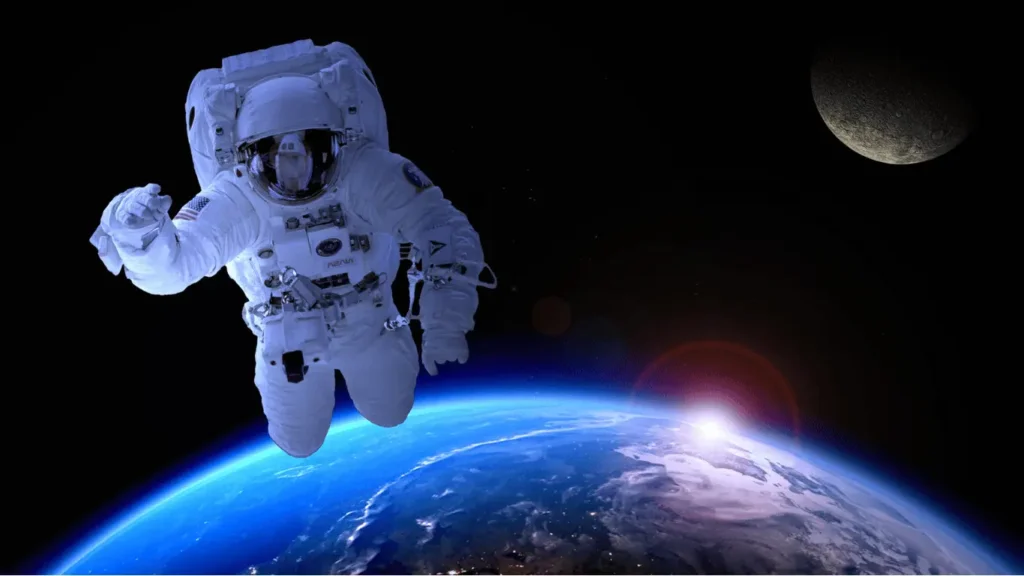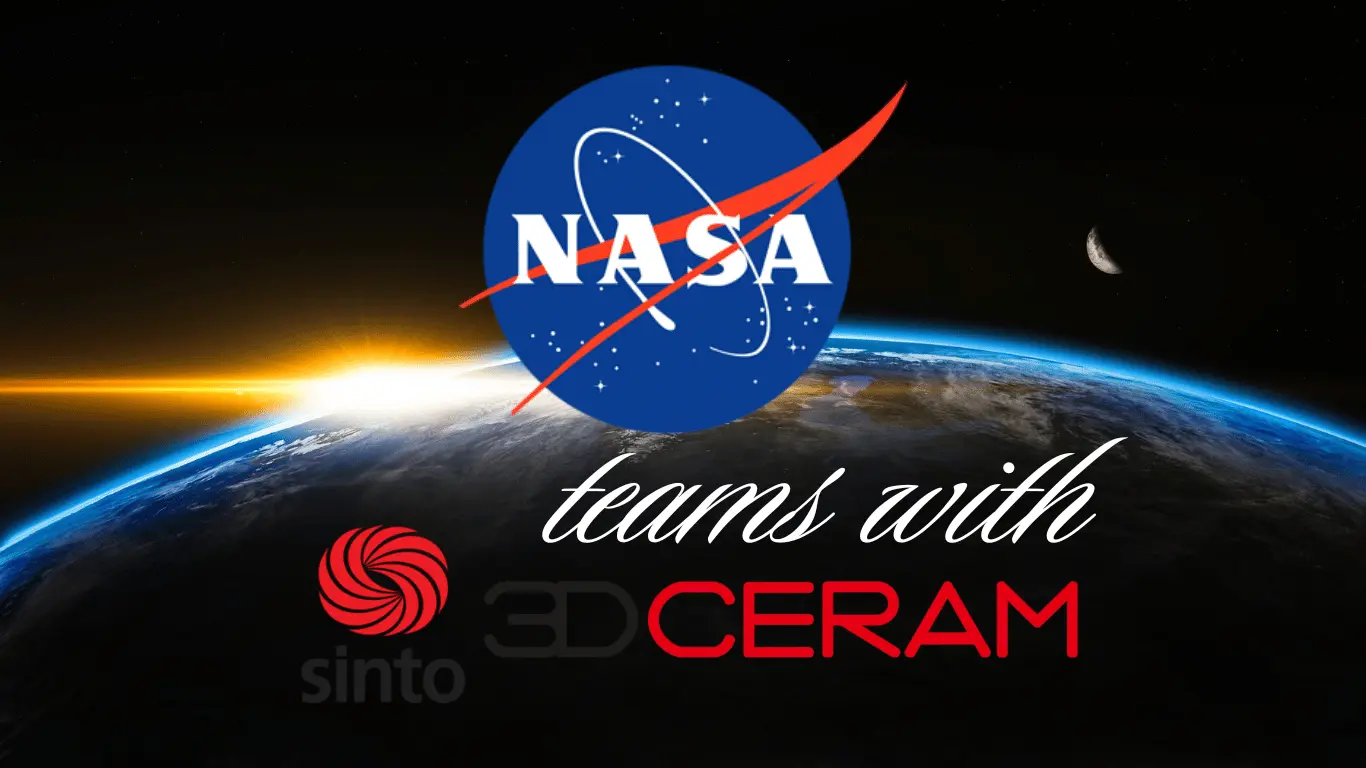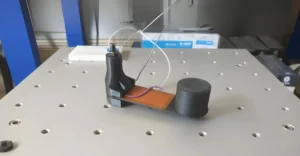NASA teams with 3DCERAM Sinto for ceramic 3D printing, pushing boundaries of space materials.
NASA Marshall Space Flight Center Boldly Welds For Advanced Materials Research with 3DCERAM Sinto Inc. of the Jacobs Space Exploration Group This marks an uncharted territory, as it is believed to be the first ever contract on ceramic 3D printing for space flights awarded by a space agency; NASA has signed away their deal for a C1000 Flexmatic Printer.
This cutting-edge machine, capable of producing both large and fully dense parts, will play a crucial role in fabricating components that can withstand the challenging conditions of space. The initial phase of this partnership will contribute to the Materials International Space Station Experiment (MISSE) program, a critical initiative testing material durability in space.
3DCERAM Sinto is set to produce 20 sample parts, destined for the International Space Station (ISS) next year. These specimens will face the ultimate test, mounted on an external panel of the ISS for six months. Exposed to zero gravity, solar radiation, and other space-related conditions, these samples will provide NASA with invaluable data on the performance of 3D-printed ceramics in the harsh environment of space.

The MISSE program is pivotal in NASA’s quest to integrate new materials into space vehicles and extraterrestrial applications. Results from these tests will offer crucial insights into the potential of 3D-printed ceramics for creating flight-worthy hot structures and heat shields.
With its impressive 320 mm × 320 mm platform, the C1000 Flexmatic opens up a world of possibilities for NASA to explore extensive applications in both small and large-scale parts. This collaboration underscores the growing importance of Additive Manufacturing in space exploration, with 3DCERAM Sinto joining NASA’s network of innovative partners.
The successful integration of 3D-printed ceramics into space missions could revolutionize how materials are created and used beyond Earth. This partnership demonstrates that 3D printing technology is paving the way for tougher, more resilient materials to be deployed in the final frontier, turning a new leaf in space exploration materials science.
Read more recent news:
- Robotic Automation Revolutionizes Laser Marking Industry
- 3D Printed Homes Steal the Spotlight at America Makes Event
- Engineers explore cellulose nanofibrils to improve 3D-printed concrete
- Ireland’s First 3D Printed Homes Underway in Dundalk
- Rocket engine startup Ursa Major launches new 3D printing lab in Ohio
Alexa Sipes is a U.S. tech journalist with 5 years of experience, now writing for 360TechInsights. She covers emerging technologies and industry trends across North America, Europe, and Asia. Sipes’ concise reporting offers readers valuable insights into the latest tech news, innovations and the companies behind them.
Feel free to reach out to me at AlexaSipes@360techinsights.com.




